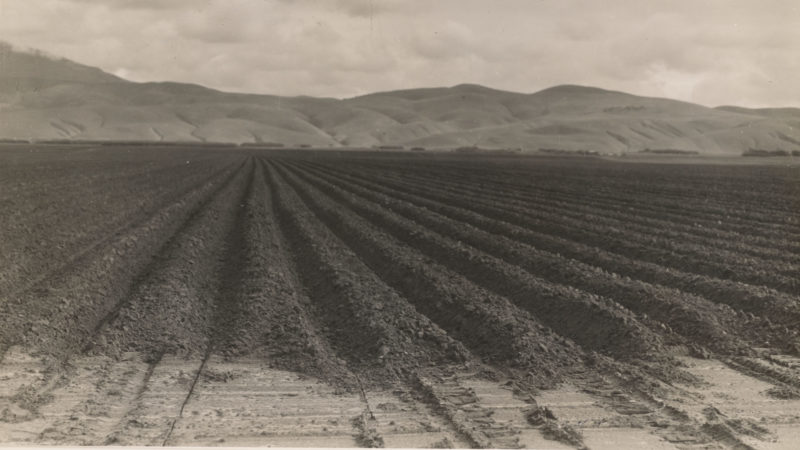Traditionally, humus was believed to be the dark matter left behind in soil after all organic material — leaf litter, dead bugs, acorns, etc. — had finished decomposing. It was thought of as a shadow of life. A liminal layer, whose betweenness gave it great power. Its molecules were of no interest to microbes or rock eaters, and thus could remain stable for centuries. Gardeners spoke of humus with reverence. Soil rich in humus was healthy soil; it held water and air and prevented the leaching of nutrients. It was a site of transfiguration, where inhabitant became architecture, where the ground beneath your feet remained, in some defiance of Chaos, the ground beneath your feet.
How exactly does humus evade the unforgiving forces of decay? That’s when jargon tends to roll in. Scientists speak of “humification,” “humic acid,” “humin.” They reference the pH levels of humus, its negative electrical charge. Hold tight, though, through the glazing of your eyes, and you might hear a tremble in an expert’s breath. Play the jargon backward, at double speed, and you might hear the word “ALCHEMY.”
The catch, as scientists Johannes Lehmann and Markus Kleber argued in a study published in Nature, is that humus doesn’t exist. The molecules that comprise it are more like, as Lehmann puts it, “a smoothie.” A blend of various microorganisms, their bodies and residues becoming so small — so like molecular dust — that even hungry microbes can’t easily find them. There is nothing so numinous about humus. Its strength comes from the diminutive, in molecules that go unnoticed.
There is nothing insignificant, though, about the service humus has provided us. Though it might not exist, it is not without liminal powers, a betweenness of a different kind. For millennia, it stood between humans and the thing that may well do us in. Humus kept dirt dirt, and, in so doing, it kept us unaware of the reservoir of sunshine beneath our feet. Sunshine compressed by time into an oil that can fuel our wildest dreams, for the price of only all the Earth’s oceans, all the Earth’s air. For so long, this twelve-inch band of dark matter served as a shield against our bottomless lust for warmth, for speed, for connection, for change. Until a drill penetrated.
There’s something beautiful in this mistake, in the belief that humus had to be some unearthly Other. I’m not sure what correcting this error may do for us; I’m not sure whether the knowledge that humus is just more dirt can help us unlearn our greed. But I find a dusting of hope among the tiny particles of humus: the possibility that our protection against our worst natures comes from that which we already possess.

